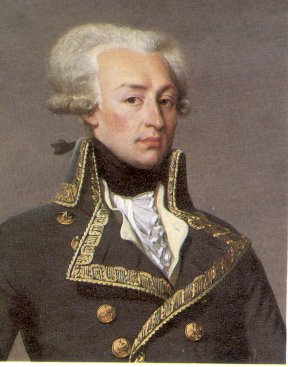by Midnight Freemason Guest Contributor
Bro. Brian Schimian
 The memory of dad’s ring sticks in my head, like a mark left in the sand from an unsuspecting footstep.
The memory of dad’s ring sticks in my head, like a mark left in the sand from an unsuspecting footstep.
No, really. The occasional flick of the wrist to get my attention (more like correct my attitude and/or actions) when I was young would sometimes result in the imprint of my Dad’s Masonic Ring being left on my back, head, arm, etc... depending on what I was doing (wrong) and his proximity to me plus the acceleration away from his reach. On occasion, I expected the “thwack” and displaced accordingly, directly effected the imprint left by his ring. Seriously though, the guy could probably break 3 boards with a flick of his wrist! (Anyone that really knew Butch knows that we took Tae Kwon Do together in Highland Park and would understand the “boards” reference)
One of my reoccurring memories of my father that I've been having recently since his memorial services, has had to do with his Masonic Ring. I remember it as this shining, majestic emblem that was, as it seemed to me, his most cherished inanimate object.
I always wanted to wear my dad’s ring. After all, if he had so much pride in something, why couldn’t I? Every time I had the chance to try on my father’s ring, he would take it from me and say, ”maybe some day, if you are right and worthy, you can wear this.” It would be many years before I would truly come to understand what he meant by that simple answer.
Like many youngsters, I yearned to be like my father. I could tell that there was more to what made up my dad, by the way he conducted himself and the way others treated him with such respect and regard. It wasn’t long after my father had joined Masonry, that there was an uproar by his Chief about Masonry & Tattoo’s. True to form and willing to stir the pot, dad came home with a shiny new Square & Compasses permanently inked into his left forearm. At this time, I had spent some time around the Lodge and the “guys” but really didn’t know “what” I was involved in. One day, as we drove down the tollway, my father pulled into the toll booth with a handful of change to hand to the booth attendant. As we came to a stop, there was a quick conversation between the two, something to do about nothing that made any sense to me at the time. However I do remember the glint of the sunlight reflecting into my eyes as dad put the forty cents back into the change holder. I remember thinking to myself, “MAN!!! Put the ring away!!! It is too shiny!!!”
I asked my dad why he didn’t have to pay the toll and for the life of me I can’t remember what he said, but I can still see the grin on his face. It was something to the effect of “...someday, maybe you will know...”
I asked my dad why he didn’t have to pay the toll and for the life of me I can’t remember what he said, but I can still see the grin on his face. It was something to the effect of “...someday, maybe you will know...”
 |
| Dad's Masonic ring. |
Anyways, I developed much of my sense of symbolism and attachment to certain items during this time. My father’s ornate Masonic ring was no exception. Whenever I saw my father, the ring seemed to stand out. Always glinting a reflection, the intricacy of the engraving or the yellow of the gold.
To be continued...
~BJS
Bro. Brian Schimian is Life of Member A.O. Fay #676 in Highland Park Illinois and the Medinah Shriners - Lake County Shrine Club. He was also the Past Master Counselor of DeMolay - Lakes Chapter in 1995. Bro. Brian is also the lead contributor to Brothers In Arms blog, a pro 2nd Amendment blog page. "A leader is one who knows the way, goes the way and shows the way."
































